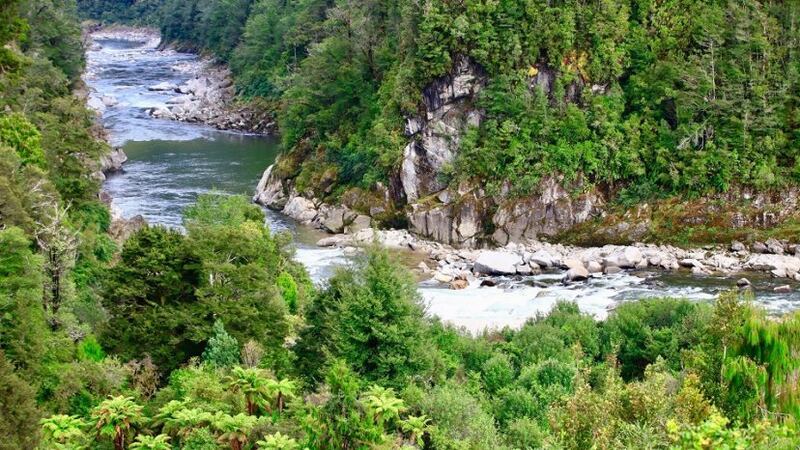Conservation Minister Eugenie Sage today announced the largest addition of land to an existing national park in the history of Aotearoa.
A total of 64,400 hectares of conservation land in the Mokihinui River catchment on the West Coast north of Westport, including 15 km of riverbed, is being added to Kahurangi National Park.
“Adding this area, roughly half the size of Auckland City, to Kahurangi is the largest addition of land to an existing national park in New Zealand’s history,” says Sage.
The area to the southwest of the park, described by the Department of Conservation (DOC) as "wild and scenic", is important for its rich variety of vegetation and landforms.
One of the area's most notable features is the Mokihinui Gorge, described as similar to the nearby Buller Gorge in scale and setting but without the roads, railway and other human developments.
“National park status will ensure stronger protection of the Mokihinui area’s significant cultural, ecological, historic and recreational values." says Sage.
“A hydro-electric dam was proposed for the Mokihinui River in 2007. The hydro scheme attracted considerable public interest and strong opposition because of its environmental impacts. It would have flooded the Mokihinui Gorge and inundated beech-podocarp forests and significant habitats of threatened plants and wildlife such as whio/blue duck, kaka, bats and giant land snails.
The Mokihinui River is largely unmodified and its upstream reaches are "pristine". The Department of Conservation ranks the Mokihinui as the seventh most significant river for biodiversity in New Zealand, while NIWA has identified it as "nationally important for aquatic biodiversity values".
The wider Kahurangi area has high significance to Ngāi Tahu and Ngati Waewae. The climate, fertile environment and safe harbours made it an important place to gather and replenish food stores before journeying south along a stretch of difficult coastline.
Sage credits the support of the public, local iwi and DOC for preventing the hydro scheme from going ahead.
“A big thanks to the many New Zealanders and the Department of Conservation who spoke up for the river, its gorge, dramatic landscapes, beech-podocarp forests and set out the reasons they deserved protection from a hydro dam.
“I acknowledge and thank Ngāi Tahu and Ngāti Waewae for their engagement as manawhenua; and the work of the West Coast Tai Poutini Conservation Board and the New Zealand Conservation Authority."
The Mokihinui lands become part of Kahurangi National Park on 11 April 2019.

